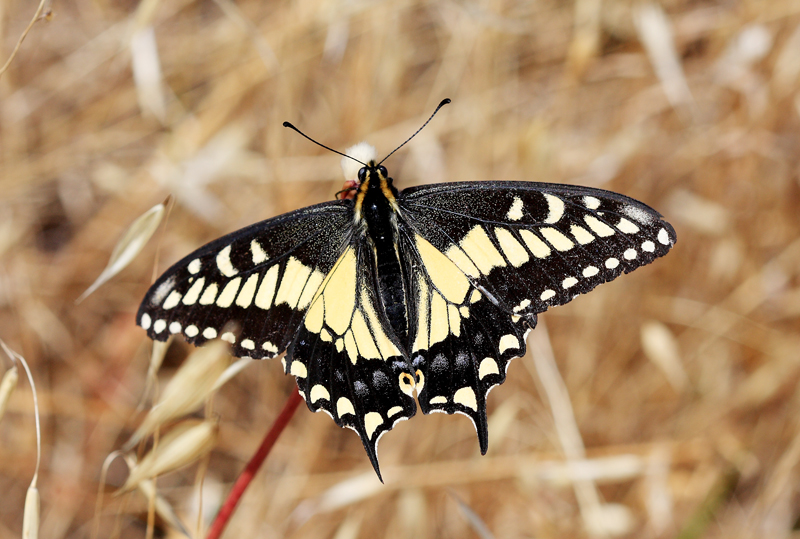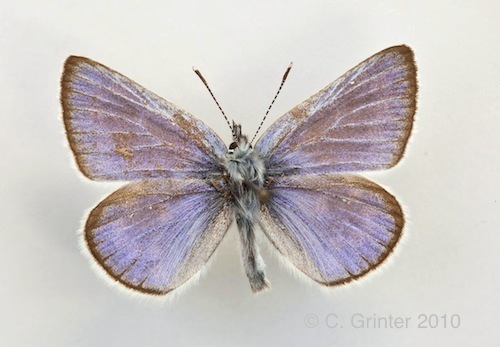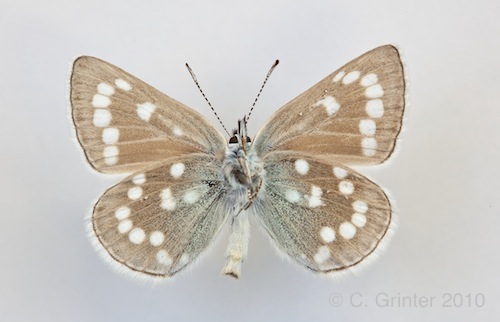Here is a hill-topping male Papilio zeliacon, or Anise swallowtail. This butterfly is widespread in the western Pacific states and is probably much more common than it once was. After the introduction of fennel (Foeniculum vulgare), and subsequent escape from horticulture, the anise swallowtail took hold as a common California butterfly. Perhaps before this plant overtook our roadsides the zelicaon may have been restricted to the Sierra foothills, now you can find it across gardens in all of California. Alhoewel, Dit lyk asof dinge besig is om om te keer in die suide van CA waar hierdie skoenlapper uit stedelike gebiede verdwyn. Onlangse bekendstelling van die sigeunermot aan die Ventura/LA-gebiede het insekdoderbespuitingsregimes begin – om nie te praat van die voorkoms van 'n indringer-parasitiese Tachinidae wat lief is vir groter leps nie. Aan die ooskus het hierdie parasitiese vlieg en swaar bespuiting die keiserlike mot uitgeroei (Eacles imperialis) uit baie van sy reeks, wat dit in die grootste deel van Nieu-Engeland bedreig laat.
For those who don’t know, hill-topping behavior is a butterfly “king of the mountain” of sorts. A number of butterfly species (among other insects and possibly some moths) will regularly patrol the highest peaks in mate seeking behavior. Some authors consider this as lekking behavior, egter “anthro”pomorphizing butterflies with other animal behavior is easy to do. Males seem to compete for the best position on the highest peak, of which females frequent the most. Back in my home state of Illinois “peaks” or even hills are far and few in-between. In plaas daarvan, butterflies use railroad paths or even houses.
I photographed this butterfly in spring in San Francisco during the 16th annual SF Butterfly count. After 5 hours of hiking McLaren Park my group tallied a staggering twelve species. Across all of San Francisco proper the count was a record breaking 24! OK, not that impressive and probably staggeringly depressing when you consider how many species we know that were lost…let alone what were aren’t even aware of. As a fond memory, here is a Xerces blue (Glaucopsyche lygdamus xerces) that is held here in the collections of the California Academy of Sciences. The label reads “Maart 20 1932, San Francisco”.
2010 SF Butterfly count
Papilio rutulus – Western Tiger
Papilio zelicaon – Anise Swallowtail
Battus philenor – Pipevine swallowtail
Pieris uit – Cabbage white
Euchloe ausonides – Large Marble
San Luis Obispo County – Orange Sulphur
Strymon melinus – Gray Hairstreak
Celastrina echo – Echo Blue
San Luis Obispo County – Acmon Blue
Agraulis vanillae – Gulf Fritillary
Phyciodes pulchella – Field Crescent
Phyciodes mylitta – Mylitta Crescent
Euphydryas chalcedona – Variable Checkerspot
Nymphalis californica – California Tortoiseshell
Vanessa virginiensis – American Painted Lady
Vanessa cardui – Painted Lady
Vanessa annabella – West Coast Lady
Vanessa Atalanta – Red Admiral
Junonia coenia – Buckeye
Coenonympha tullia california – California Common Ringlet
Pygrus communis – Common Checkered Skipper
Hylephilia phyleus – Fiery Skipper
Polites sabuleti – Sandhill Skipper
Poanes melane – Umber Skipper
Total: 24 spesies, 775 individuals




Glad to see the butteryfly count is still going. And it’s posts like this one that sends me back in time.
As a kid and native San Franciscan, my friends and I did many day hikes around places like Ft. Funsten, Pine Lake, and Lake Merced, or along Brotherhood Way and behind Lowell High School before these areas were fully developed. But even during the 70’s, I remember the number of butterfly species was not many. The Anise Swallowtail was fairly common, even then.
The Xerces Blue was already long gone but, as kids, we did wonder if it were possible a small population lingered on, somehow overlooked and unnoticed…we never found it 🙁
Would be curious to see what species were recently counted and compare with what I can remember. Will have to check it out over at the NABA website. Cheers!
Just updated with a list – meant to do that right away!
I spent last summer in Santa Barbara backcountry with a distant hope of finding the extinct unsilvered fritillary (atossa). I bet you can guess how that ended.
Thanks for updating. Noted that NABA only offers listings for a fee. Considering these are compiled by volunteer efforts, not sure I agree. Anyhow, I note the absence of the Mourning Cloak, Nymphalis antiopa (which I presume is still around). And now the presence of the Gulf Fritallary. Anders, Ja, a very familiar list.
[…] blues – if the invasive species can be controlled – it won’t go the way of the Xerces. Verskuif vroulike – Twin Peaks […]
[…] Photo by Chris Grinter (http://skepticalmoth.southernfriedscience.com/2010/08/butterfly-porn/) […]